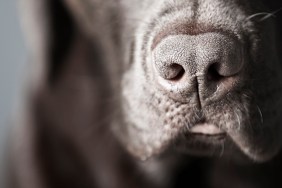Fleas aren’t just gross. They’re a nuisance for dogs that can cause itching, injuries, and secondary skin conditions. If left untreated, dogs can hurt themselves with all the scratching, which leaves them open to infections and other issues.
Of course, the best way to treat a flea infestation is to prevent it from happening at all.…






